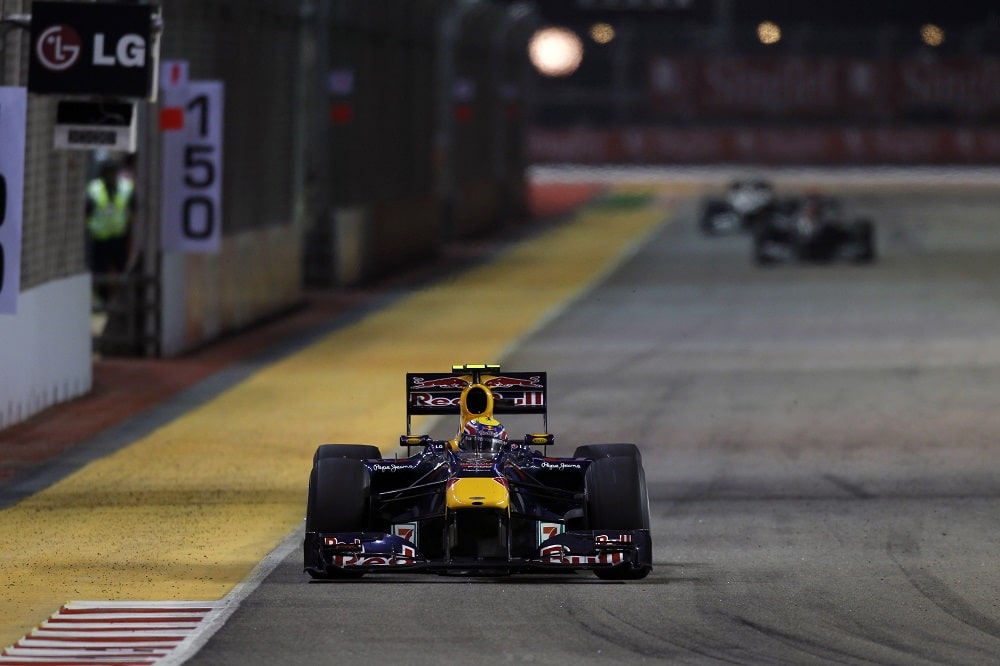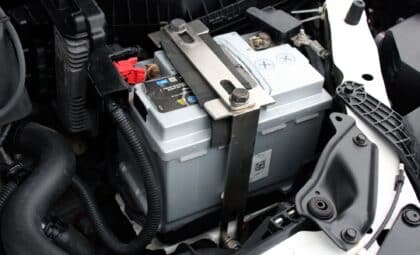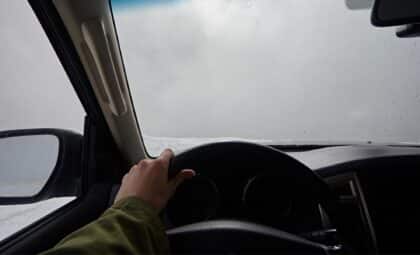
When Formula 1 gets back to racing at the season-opening Austrian Grand Prix, it will be with new real-time TV graphics designed to bring more information to the fans.
Developed in collaboration with Amazon Web Services, these new graphics pull data from the 300 sensors that already exist on each F1 car. These sensors generate millions of data points for the teams’ engineers to pore over, and now they’ll also be used to create a few, more easily digestible data points for the viewers.
F1 Tech: How it inspired the 2020 Honda Fit e:HEV
Though six different real-time TV graphics are planned, only one of these will be ready in time to roll out at the Austrian Grand Prix, dubbed “Car Performance Scores.” It will compare the performance of cars based on their low-speed and high-speed cornering as well as their straight-line performance and tendency to either oversteer or understeer.
An “Ultimate Driver Speed Comparison” graphic will be introduced later at the 70th Anniversary Grand Prix at Silverstone, which will compare current drivers to drivers of previous years dating back to 1983. At the Belgian Grand Prix, a more in-depth graphic showing high-speed and low-speed corner performance will be rolled out.
Finally, in the second half of the season, three more graphics will follow: Driver Skills Rating, Car/Team Development & Overall Season Performance, and Qualifying and Race Pace Predictions.
Many of these new real-time TV graphics already have fans perplexed. Last year, F1 had launched its first-ever AWS-powered graphic, which was meant to display tire wear and was criticized for its inaccuracy.
Pit Stop: Seasonal car service tips
The new graphics seem likely to follow this example, as they show interpreted data using arbitrary scores that, at the best of times, would only reflect what you’re already seeing on the track. What’s more, some of these strive to make unambiguous comparisons that, in truth, are impossible to quantify.
The consensus in the F1 community is that this is yet another attempt by Liberty Media to “video-gamify” the sport’s presentation for the lowest-common-denominator audience it is striving to grow in America.
Kurt Verlin was born in France and lives in the United States. Throughout his life he was always told French was the language of romance, but it was English he fell in love with. He likes cats, music, cars, 30 Rock, Formula 1, and pretending to be a race car driver in simulators; but most of all, he just likes to write about it all. See more articles by Kurt.









